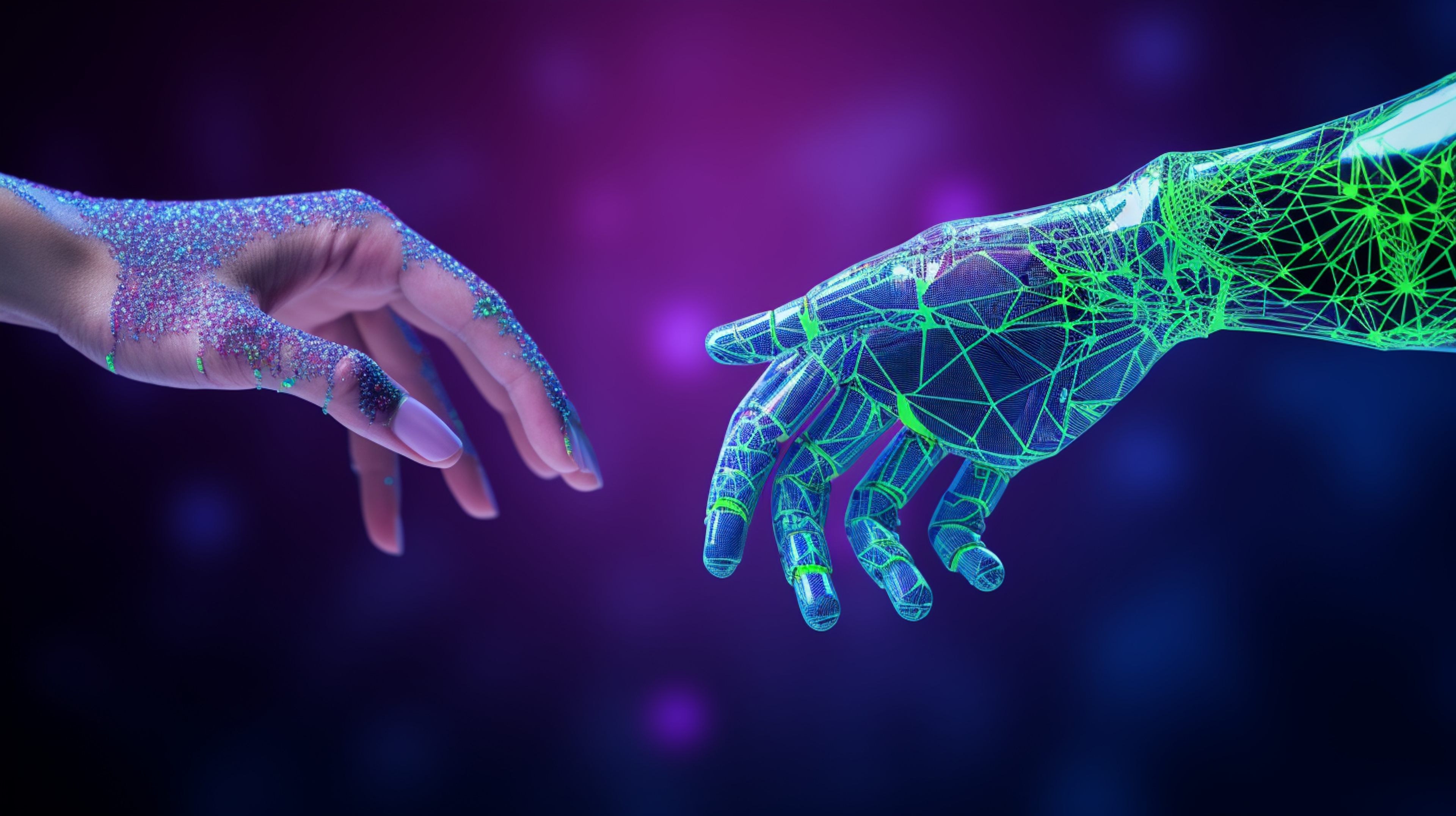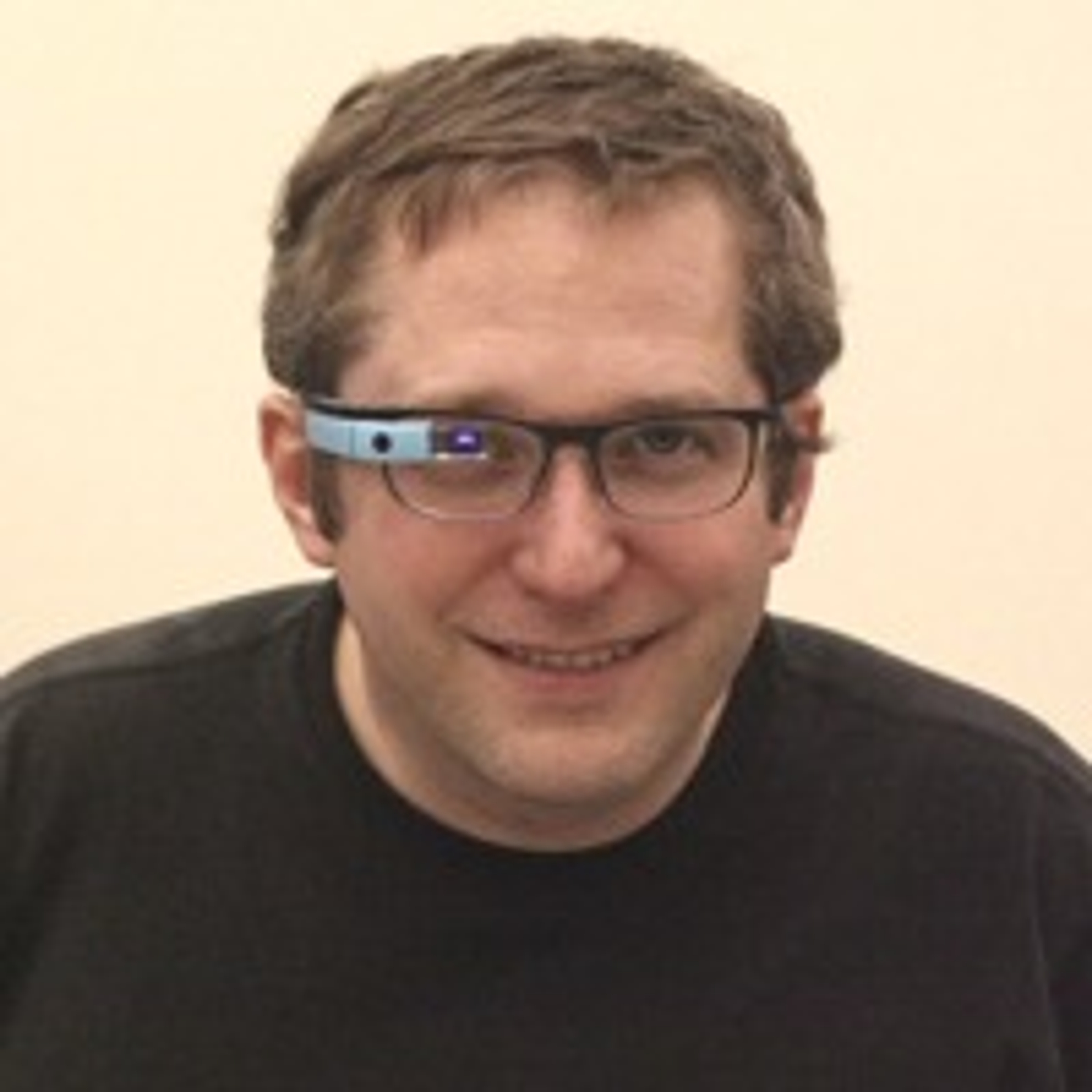Lesson 1
Welcome to Artificial Intelligence
Welcome to Introduction to Artificial Intelligence!

Nanodegree Program
Become an expert in the core concepts of artificial intelligence and learn how to apply them to real-life problems.
Become an expert in the core concepts of artificial intelligence and learn how to apply them to real-life problems.
Advanced
3 months
Real-world Projects
Completion Certificate
Last Updated July 9, 2024
Skills you'll learn:
Prerequisites:
Course 1 • 4 weeks
In this course, you'll learn about the foundations of AI. You'll configure your programming environment to work on AI problems with Python. At the end of the course you'll build a Sudoku solver and solve constraint satisfaction problems.
Lesson 1
Welcome to Introduction to Artificial Intelligence!
Lesson 2
An introduction to basic AI concepts and the challenge of answering "what is AI?"
Lesson 3
In this lesson, you'll dive right in and apply Artificial Intelligence to solve every Sudoku puzzle.
Lesson 4
If you do not want to use Workspaces, then follow these instructions to set up your own system using Anaconda, a popular tool to manage your environments and packages in python.
Lesson 5 • Project
Use constraint propagation and search to build an agent that reasons like a human would to efficiently solve any Sudoku puzzle.
Lesson 6
Expand from the constraint propagation technique used in the Sudoku project to the Constraint Satisfaction Problem framework that can be used to solve a wide range of general problems.
Course 2 • 4 hours
Learn classical graph search algorithms--including uninformed search techniques like breadth-first and depth-first search and informed search with heuristics including A*. These algorithms are at the heart of many classical AI techniques, and have been used for planning, optimization, problem solving, and more. Complete the lesson by teaching PacMan to search with these techniques to solve increasingly complex domains.
Lesson 1
Peter Norvig, co-author of _Artificial Intelligence: A Modern Approach_, explains a framework for search problems, and introduces uninformed & informed search strategies to solve them.
Lesson 2
Peter introduces uninformed search strategies—which can only solve problems by generating successor states and distinguishing between goal and non-goal states.
Lesson 3
Peter introduces informed search strategies, which means that they use problem-specific knowledge to find solutions more efficiently than an uninformed search.
Lesson 4
Complete a practice exercise where you'll implement informed and uninformed search strategies for the game PacMan.
Lesson 5
References to additional readings on search.
Course 3 • 3 weeks
Learn to represent general problem domains with symbolic logic and use search to find optimal plans for achieving your agent’s goals. Planning & scheduling systems power modern automation & logistics operations, and aerospace applications like the Hubble telescope & NASA Mars rovers.
Lesson 1
Peter Norvig returns to explain propositional logic and first-order logic, which provide a symbolic logic framework that enables AI agents to reason about their actions.
Lesson 2
Peter Norvig defines automated planning problems in comparison to more general problem solving techniques to set the stage for classical planning algorithms in the next lesson.
Lesson 3
Peter presents a survey of Classical Planning techniques: forward planning (progression search) & backward planning (regression search).
Lesson 4 • Project
In this project you’ll use experiment with search and symbolic logic to build an agent that automatically develops and executes plans to achieve their goals.
Lesson 5
Peter discusses plan space search & situational calculus. Finish the lesson with readings on advanced planning topics & modern applications of automated planning.
Course 4 • 4 hours
Learn about iterative improvement optimization problems and classical algorithms emphasizing gradient-free methods for solving them. These techniques can often be used on intractable problems to find solutions that are "good enough" for practical purposes, and have been used extensively in fields like Operations Research & logistics. Finish the lesson by completing a classroom exercise comparing the different algorithms' performance on a variety of problems.
Lesson 1
Thad Starner introduces the concept of _iterative improvement problems_, a class of optimization problems that can be solved with global optimization or local search techniques covered in this lesson.
Lesson 2
Thad introduces _Hill Climbing_, a very simple local search optimization technique that works well on many iterative improvement problems.
Lesson 3
Thad explains _Simulated Annealing_, a classical global optimization technique for optimization.
Lesson 4
Thad introduces another optimization technique: _Genetic Algorithms_, which uses a population of samples to make iterative improvements towards the goal.
Lesson 5
Complete a classroom exercise implementing simulated annealing to solve the traveling salesman problem.
Lesson 6
Review similarities of the techniques introduced in this lesson with links to readings on advanced optimization topics, then complete an optimization exercise in the classroom.

Founder and Executive Chairman, Udacity
As the Founder and Chairman of Udacity, Sebastian's mission is to democratize education by providing lifelong learning to millions of students worldwide. He is also the founder of Google X, where he led projects including the Self-Driving Car, Google Glass, and more.

Professor of Computer Science, Georgia Tech
Thad Starner is the director of the Contextual Computing Group (CCG) at Georgia Tech and is also the longest-serving Technical Lead/Manager on Google's Glass project.

Research Director, Google
Peter Norvig is a Director of Research at Google and is co-author of Artificial Intelligence: A Modern Approach, the leading textbook in the field.
Average Rating: 4.5 Stars
162 Reviews
Eloi A.
October 1, 2022
Fantastic! Although, I wish the program included some Machine Learning elements since ML is also part of AI. Well, maybe in the next iteration of the program.
Ghazaleh E.
March 27, 2022
I am satisfied.
Mulima C.
March 16, 2022
I loved it. After not coding actively for a few years, this really did provide me with the excitement to solve and understand elegant code. Its a brilliant course so far. I love the mentors and their quick response. I will definitely go for more courses after this.
William F.
March 13, 2022
It has been quite a journey. Looking foward for the next project
Andreas B.
February 28, 2022
I am a real Udacity-fan. Hence, I really like the program and keep on learning.
Combine technology training for employees with industry experts, mentors, and projects, for critical thinking that pushes innovation. Our proven upskilling system goes after success—relentlessly.

Demonstrate proficiency with practical projects
Projects are based on real-world scenarios and challenges, allowing you to apply the skills you learn to practical situations, while giving you real hands-on experience.
Gain proven experience
Retain knowledge longer
Apply new skills immediately

Top-tier services to ensure learner success
Reviewers provide timely and constructive feedback on your project submissions, highlighting areas of improvement and offering practical tips to enhance your work.
Get help from subject matter experts
Learn industry best practices
Gain valuable insights and improve your skills

Unlimited access to our top-rated courses
Real-world projects
Personalized project reviews
Program certificates
Proven career outcomes
Full Catalog Access
One subscription opens up this course and our entire catalog of projects and skills.
Average time to complete a Nanodegree program
(592)
2 months
, Beginner
Intermediate
4 weeks
, Intermediate
4 weeks
, Advanced
(81)
2 months
, Intermediate
1 hour
, Discovery
(909)
4 months
, Intermediate
(328)
2 months
, Advanced
(496)
5 months
, Advanced
(450)
3 months
, Advanced
(1)
3 months
, Advanced
4 months
, Intermediate
(275)
2 months
, Advanced
(126)
3 months
, Advanced
(256)
2 months
, Intermediate
7 hours
, Fluency

Artificial Intelligence
(592)
2 months
, Beginner
Intermediate
4 weeks
, Intermediate
4 weeks
, Advanced
(81)
2 months
, Intermediate
1 hour
, Discovery
(909)
4 months
, Intermediate
(328)
2 months
, Advanced
(496)
5 months
, Advanced
(450)
3 months
, Advanced
(1)
3 months
, Advanced
4 months
, Intermediate
(275)
2 months
, Advanced
(126)
3 months
, Advanced
(256)
2 months
, Intermediate
7 hours
, Fluency
Our Artificial Intelligence Nanodegree program is a comprehensive artificial intelligence course designed for advanced learners. In this program, you'll explore optimization algorithms, likelihood functions, minimax search, Bayesian networks, foundational AI concepts and apply them to solve real-life problems. The program covers classical search algorithms, automated planning, and optimization problems, providing a diverse range of AI skills. Taught by esteemed experts like Sebastian Thrun, Thad Starner, and Peter Norvig, this course offers an unparalleled opportunity to learn from the best in the field. At Udacity, we are committed to providing practical, real-world learning experiences. Our project-based approach ensures that you apply your skills to actual scenarios, gaining hands-on experience and immediate applicability. With our top-tier services, including personalized project reviews and access to industry experts, you are set up for success. Enroll in our AI program to gain cutting-edge skills and join a community of forward-thinking learners.